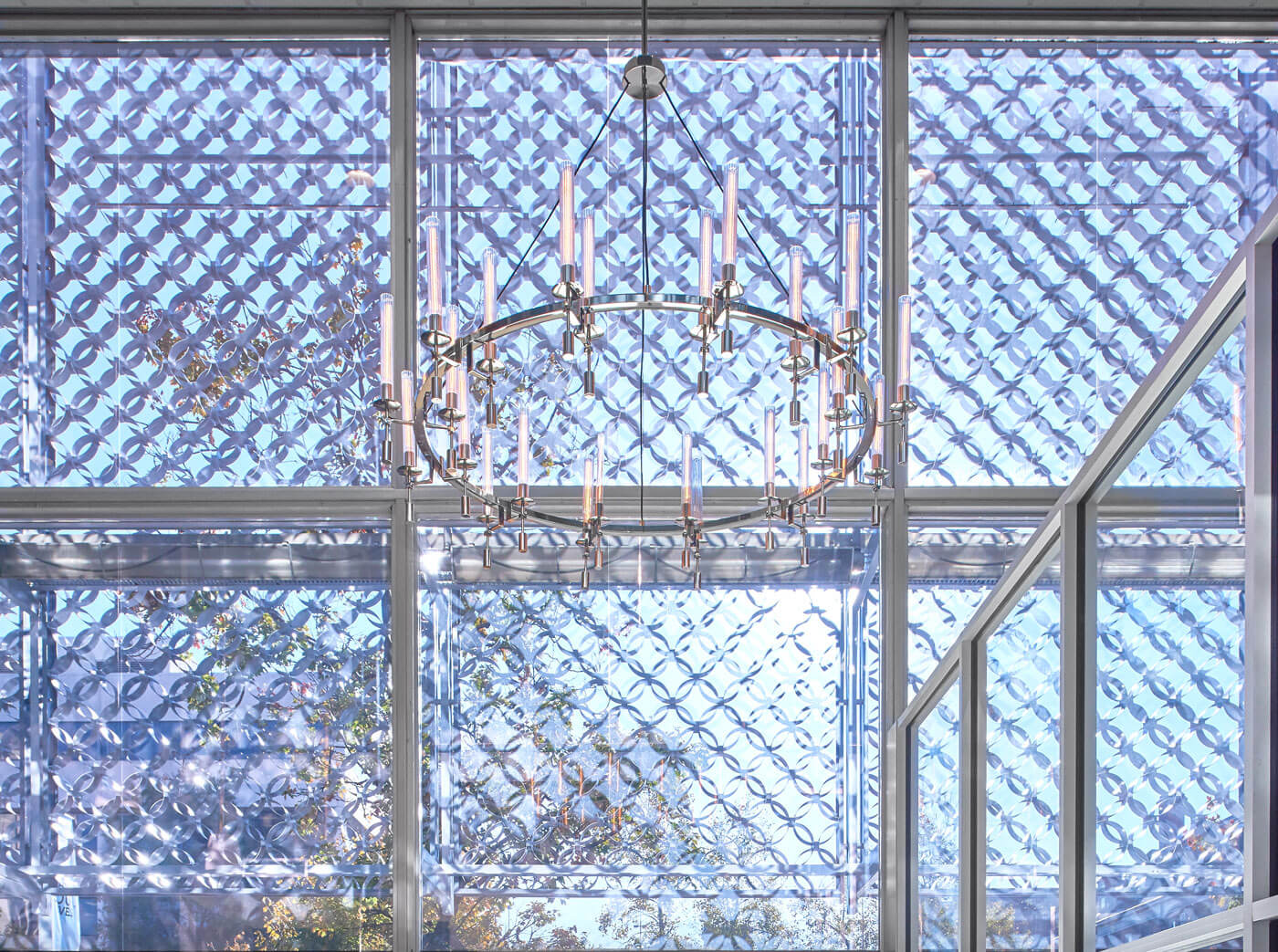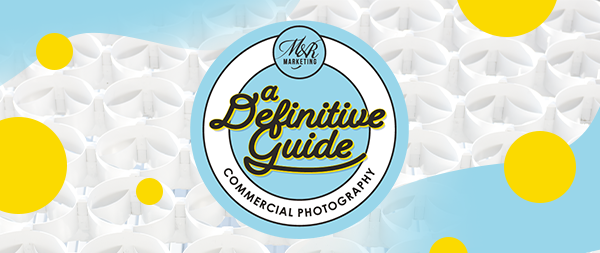
You know what everyone loves? Image-free content. We all flock to giant blocks of text and retain so much of the information provided as we diligently read through paragraph after paragraph. When a website, social media post, print piece, or advertisement has nothing but words on the screen or page, the viewer just lights up.
Just kidding.
Visuals are (and we cannot stress this enough) CRUCIAL to just about everything, marketing or otherwise.
Some fast facts about humans and our relationship to visuals:
- Of all the information the brain processes throughout the day, more than 90% of it is visual.
- The brain processes images 60,000 times faster than text.
- Memory is image-heavy, and people retain what they see better than what they hear.
- When reading a block of text vs. looking at a designed infographic, people are more likely to remember up to 15% of the text and up to 65% of the infographic.
What does any of this have to do with photography for your business? It has everything to do with it.
Commercial photography is extremely important to incorporate into your marketing materials, because it quickly and efficiently communicates concepts, emotions, information, and so many other things you want to communicate to your audience. A picture is worth a thousand words, and each image you incorporate into your marketing efforts speaks volumes to your audience.
In this definitive guide, we’re covering all things commercial photography to help you make the most of your marketing strategies and push communication with your audience so much further.
Let’s get started.
What Is Commercial Photography?
Commercial photography, corporate photography, business photography, advertising photography… whatever name you use, it all means the same thing—it’s the photography a company, business, or organization uses to promote and showcase themselves to their audience.
At its most basic level, commercial photography captures elements of the business—the team, office or store, products available, etc.
However, high-quality, highly effective commercial photography goes beyond the “what” of a business and captures the “how” and the “why” as well. It works to show the viewer how the team works to serve their customers, how their products work to benefit the user, and why the company exists and puts in effort every day to serve the people who rely on them.
Commercial photography presents a company to its audience. Good commercial photography tells the business’s story. Great commercial photography tells the story in an attractive, compelling way and thoroughly captures the intellectual and emotional angles that audiences rely on in their decision-making.
Types of Commercial Photography
When you think of commercial photography, what comes to mind? Headshots? Photos of your team in action? Product photography? These are all fair and correct responses. But they aren’t the only types of photography your business can use to tell your story.
Some of the most popular and effective types of commercial photography include:
Team Headshots
 Headshots are one of the most common categories in corporate photography, as many businesses like to display their employees’ faces on the team pages of their websites.
Headshots are one of the most common categories in corporate photography, as many businesses like to display their employees’ faces on the team pages of their websites.
Headshot photography is often minimal with only a neutral background, simple lighting, and a single camera. Subjects may be asked to stand or possibly sit on a stool. (Think “school picture day.”)
However, headshot photography can also be highly customizable to your business. For a unique backdrop, you could position your team members in front of your office building or a branded truck or sign. There are plenty of ways to make your headshot photography as simple or as unique as you’d like.
And nothing is stopping you from going against the “norm” and getting creative with your team’s headshots, either! If it’s on brand to think outside the box a little, there are ways to capture some unique headshots, whether it’s allowing your team members to pose in a silly way, wear their favorite band’s T-shirt, pose with an object that represents their nerdiness, or anything else you can think of and want to go with.
Lifestyle Photography or Business Environment Photography
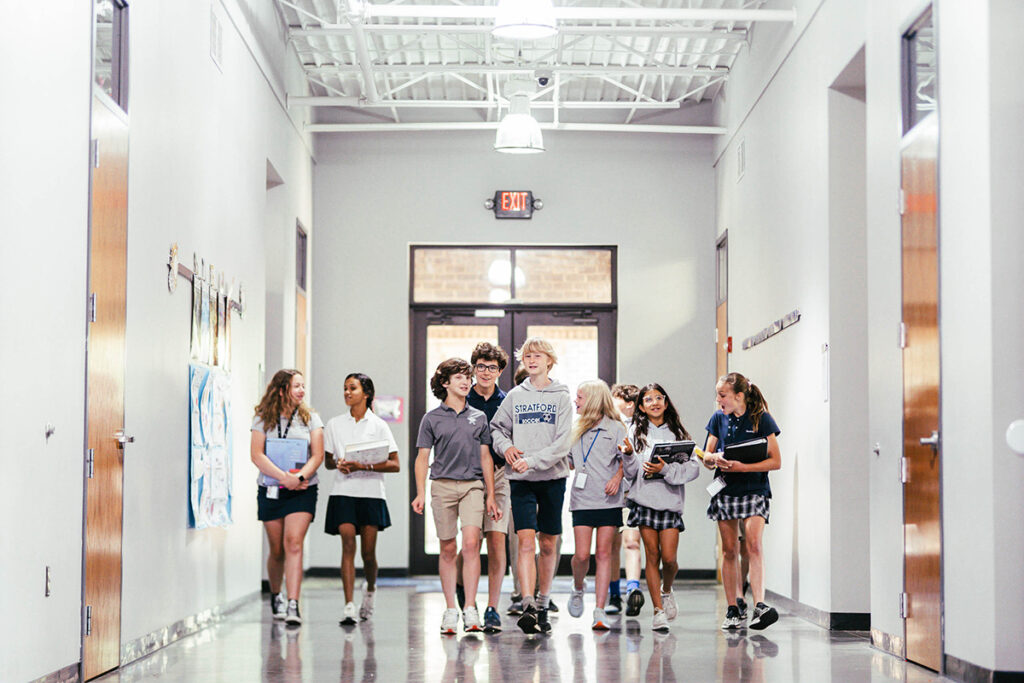 There are so many ways you can capture your office or business environment and show your audience what “a day in the life of your company” is like. Perhaps you want shots of your team members at their desks. Or maybe you want a group photo in your lobby. Or maybe you want images of your team’s interaction with customers. Whatever your vision is, office environment photography can make it happen.
There are so many ways you can capture your office or business environment and show your audience what “a day in the life of your company” is like. Perhaps you want shots of your team members at their desks. Or maybe you want a group photo in your lobby. Or maybe you want images of your team’s interaction with customers. Whatever your vision is, office environment photography can make it happen.
Choose office or business photography for:
- Candid shots of your team collaborating on a project in the office, facility, or store
- Shots of your team in the office, facility, or store
- Candid shots of your team out in the field on a service call
- Shots of your team interacting with customers, clients, or patients
The possibilities are endless when it comes to telling your story through environmental photography. Often, environment-based photography is effective at attracting potential customers and employees to your company.
Product Photography
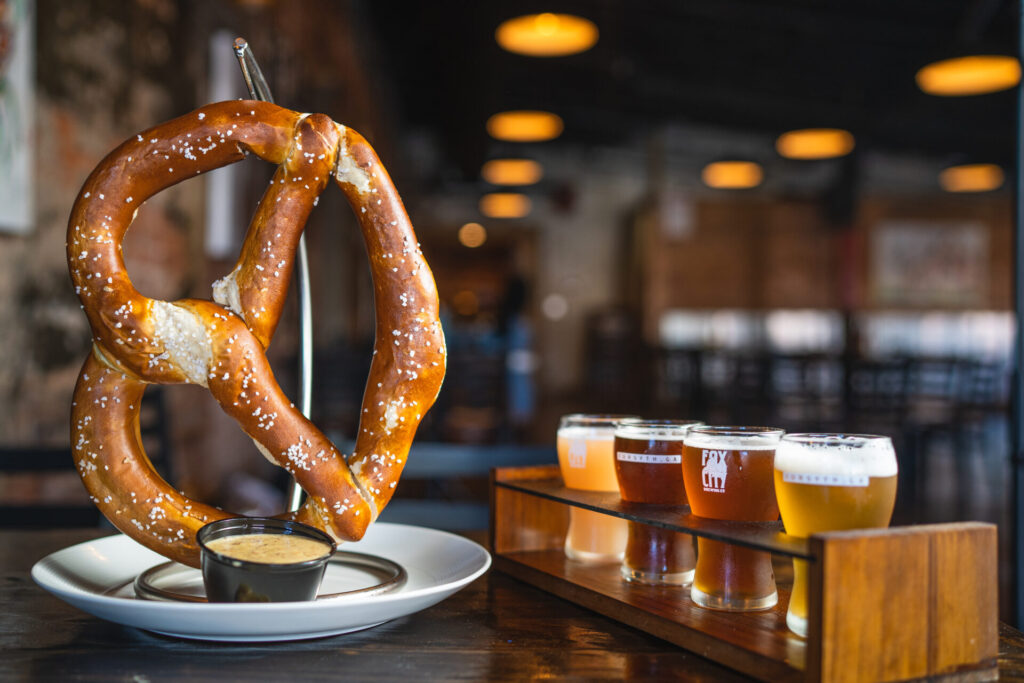 Another one of the most common types of commercial photography is product photography. “Products” is a fairly general term that can include anything, such as:
Another one of the most common types of commercial photography is product photography. “Products” is a fairly general term that can include anything, such as:
- Clothing items
- Tools and equipment
- Food and beverage items
- Homes and buildings
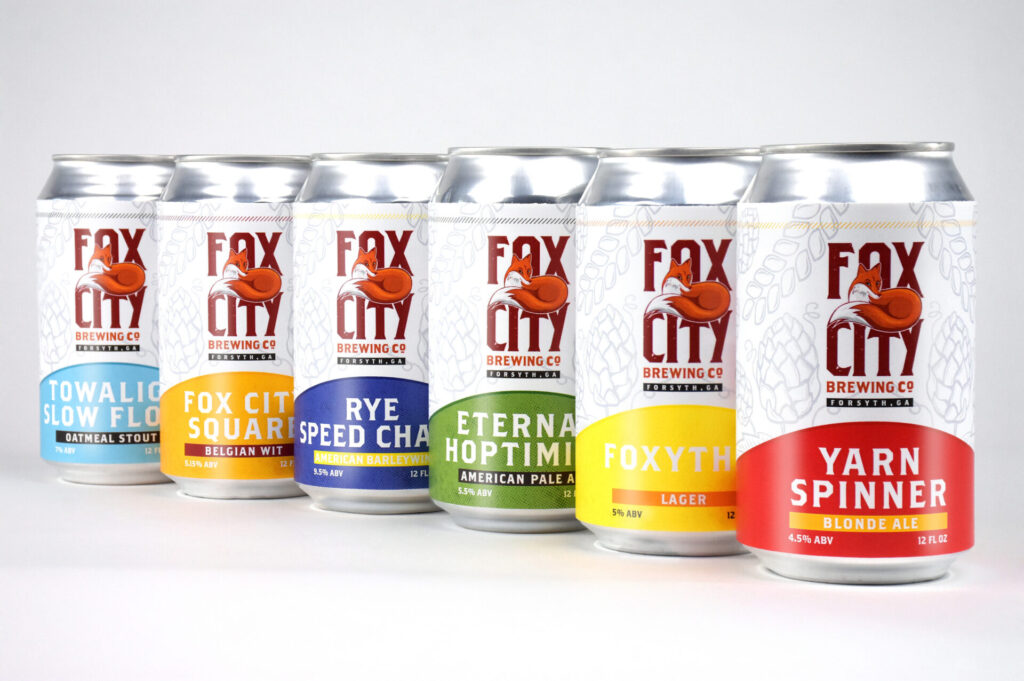 Product photography can be used for anything that is tangible, photographable, and available for purchase. Intangible products like insurance plans or financial products are not suited for product photography since, well, they are intangible—promoting these types of products is best done through environmental photography.
Product photography can be used for anything that is tangible, photographable, and available for purchase. Intangible products like insurance plans or financial products are not suited for product photography since, well, they are intangible—promoting these types of products is best done through environmental photography.
Use product photography to showcase items available in-store or online or to display the items customers can expect to receive when they sign up for a particular service or installation.
Some of the most common types of product photography include:
- Lifestyle – capture the product as it is being used to help audiences understand its use and benefit.
- Process—Capture the product as it is being built or created to show the care and quality that goes into producing it.
- Studio – capture the product in the studio with a plain background for a clear and simple image.
- Grouped – if the product is part of a set or compatible with other products, you can capture them all together.
Fashion Photography

Similar to lifestyle product photography is fashion photography, in which a model wears clothing or accessories to show how the item(s) look on a person and in action.
Fashion photography uses a different approach to lifestyle product photography, however, because, in addition to making the actual clothing item look good, it’s crucial for the model to look good, too. Presentation is everything, and fashion photography requires a particular approach that ensures both the model and the clothing item(s) come together to create an appealing, attractive look.
Architectural Photography
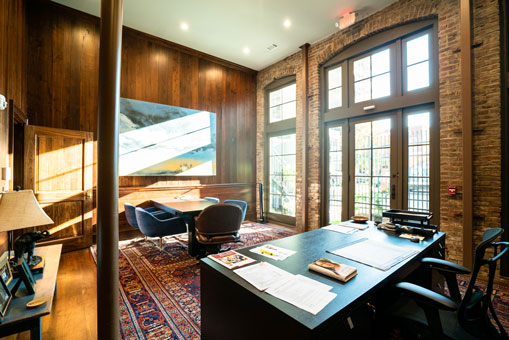 If you have a visually interesting, unique, or recognizable office building, you can use photography of your building as a strong visual that helps tell your story. Just like business environmental photography captures your company’s uniqueness, architectural photography can enhance your efforts to really set yourself apart from your competitors and show off your location.
If you have a visually interesting, unique, or recognizable office building, you can use photography of your building as a strong visual that helps tell your story. Just like business environmental photography captures your company’s uniqueness, architectural photography can enhance your efforts to really set yourself apart from your competitors and show off your location.
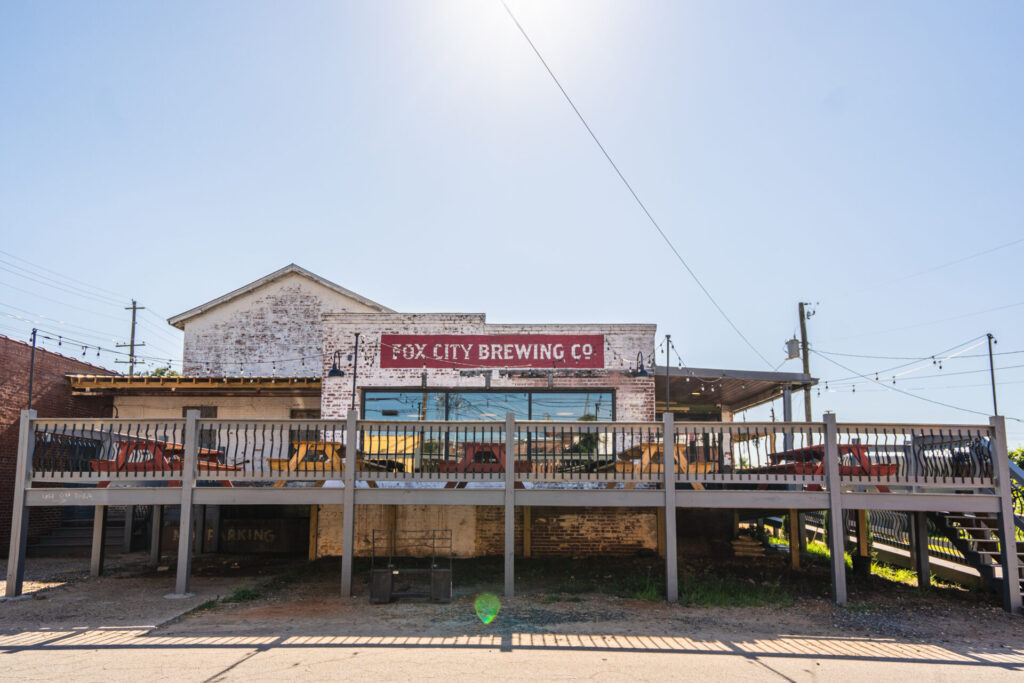
If you are a construction company or a company that is otherwise in the construction industry, architectural photography is a fantastic way to promote your capabilities and service offerings. Showcase your most impressive builds or installations and display them on your website, social media pages, print pieces, and more.
If you are a realtor or real estate company who needs to promote the homes or buildings you have available, architectural photography can capture your listed structures in a way that draws potential buyers in and highlights their unique features and qualities.
Event Photography
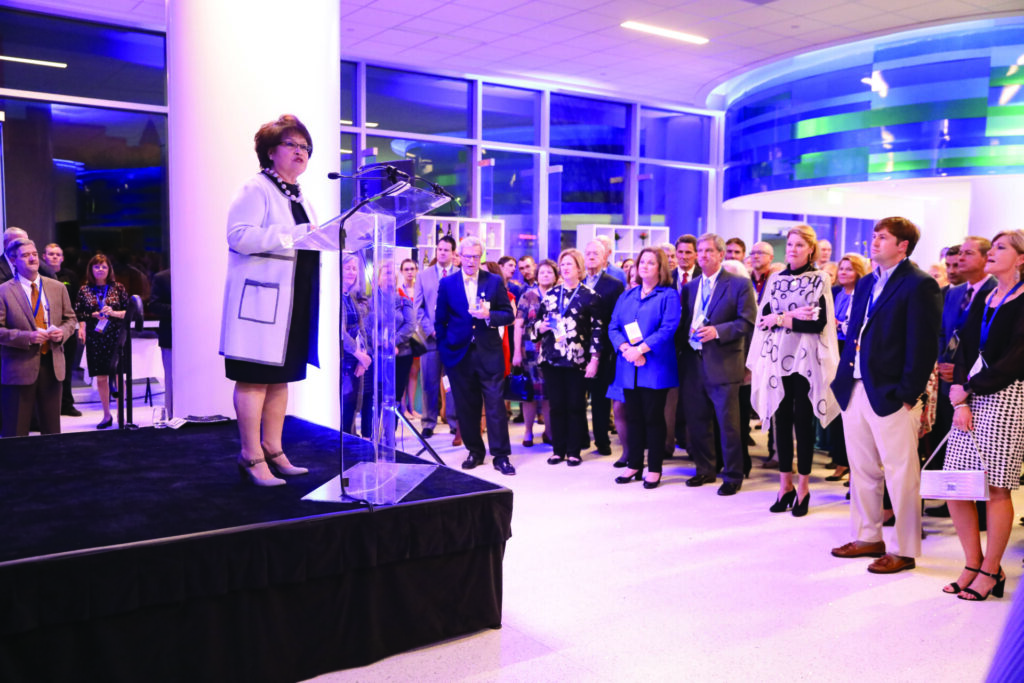 If your company participates in or hosts a corporate or community event, photographing the activities and the people involved is a great way to reveal the human side of your business. It tells the story of what matters to you and entices audiences to discover more. Whether the event is charity-based, centered around your industry, or something else entirely, event photography can help capture your mission and values in action and can peel back the curtain further to help connect with your audience more.
If your company participates in or hosts a corporate or community event, photographing the activities and the people involved is a great way to reveal the human side of your business. It tells the story of what matters to you and entices audiences to discover more. Whether the event is charity-based, centered around your industry, or something else entirely, event photography can help capture your mission and values in action and can peel back the curtain further to help connect with your audience more.
Aerial Photography
Aerial photography is a newly affordable type of corporate photography service thanks to the rise in commercial-use camera drones. Capture views from high above if you want to show off a large area of land, a particular structure, your team in action, and more.
Common industries that can benefit from aerial photography include:
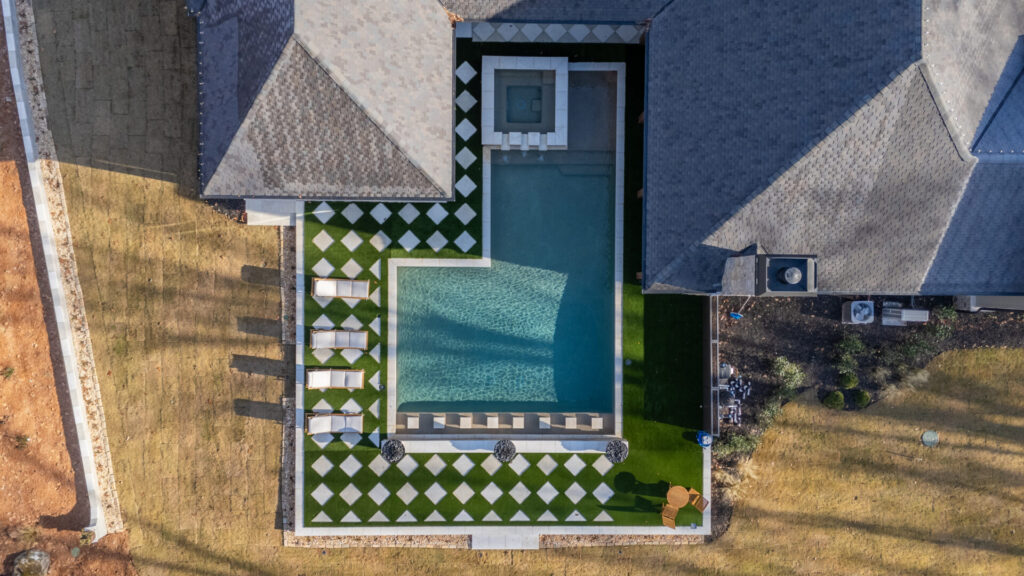
- Construction
- Real estate
- Roofing
- Landscaping
- Engineering
- Farming
- Timber
- Tourism
- Entertainment
If you have something to capture, aerial photography can provide a unique look from a game-changing angle.
Which Businesses Benefit From Commercial Photography?
There isn’t a single business out there that doesn’t need commercial photography. Or, to put it more simply, every business or organization, no matter the industry, benefits from commercial photography.
People rely on photography and visuals to guide their decisions, which is why marketing is (or should be) image-heavy. Customers and audience members want to see who you are and what you can do for them; they don’t want only to be told.
Tapping into the psychology behind marketing matters, and your photography plays a huge role in how successfully you appeal to the minds of your audience. Attractive, compelling, unique visuals can reel new clients in or drive them into the arms of your competitors who may have better images (or images at all).
So basically, if you are a business owner or are part of a business or organization in any way, know that your company will only benefit from photography*.
*good, high-quality, professional photography
Benefit #1: Quality, Company-Specific Photography Can and Will Separate You From Your Competition
 Any business that uses high-quality photos that are unique to its company and centered around its products and services immediately separates itself from the competition.
Any business that uses high-quality photos that are unique to its company and centered around its products and services immediately separates itself from the competition.
While stock images are useful in certain instances, it’s highly effective to have and use your own photography, whether it’s of your team, your location, your products, or anything else that makes your company yours. Your photography should tell audiences, “This is who we are, and this is what we offer.”
With clean, clear, professional photography, your images can easily convey your company’s:
- Professionalism
- Quality
- Value
- Reliability
So, not only can your photography make or break your audience’s perception of your company, but it can also determine how you stack up to your competitors and can help drive users toward your solutions.
Benefit #2: Quality Photography Instills Trust Among Your Audience
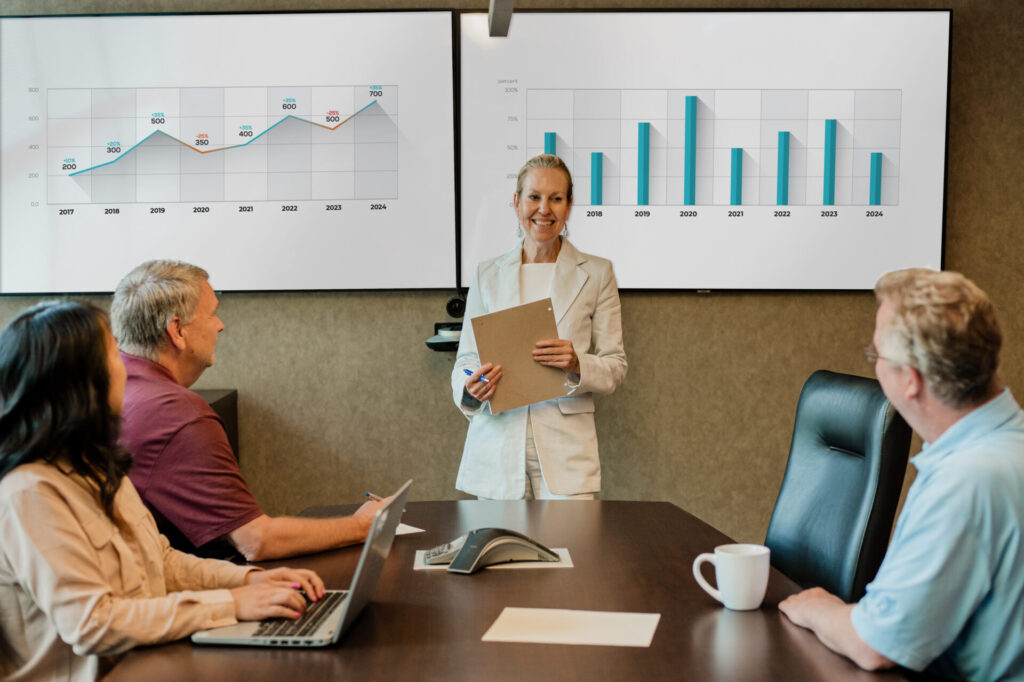 In your personal searches for a service or product, have you ever come across a company’s website with terrible, low-quality images displayed on each page, or maybe even no images at all? In most cases, customers are less likely to do business with a company that uses low-quality photos or no photos. It leaves people with a sense of uneasiness or mistrust of the company, which doesn’t instill confidence in the company or the solutions it provides.
In your personal searches for a service or product, have you ever come across a company’s website with terrible, low-quality images displayed on each page, or maybe even no images at all? In most cases, customers are less likely to do business with a company that uses low-quality photos or no photos. It leaves people with a sense of uneasiness or mistrust of the company, which doesn’t instill confidence in the company or the solutions it provides.
On the other hand, good, quality photography helps establish trust among audiences:
- It clearly promotes your company, products, and services.
- It shows your customers that you care enough about their experience with you to give them something nice to look and something that provides them with useful information.
- It reinforces the message that what the customer will receive from you is a quality solution.
Benefit #3: Photography Is One of the Fastest Ways to Convey a Message
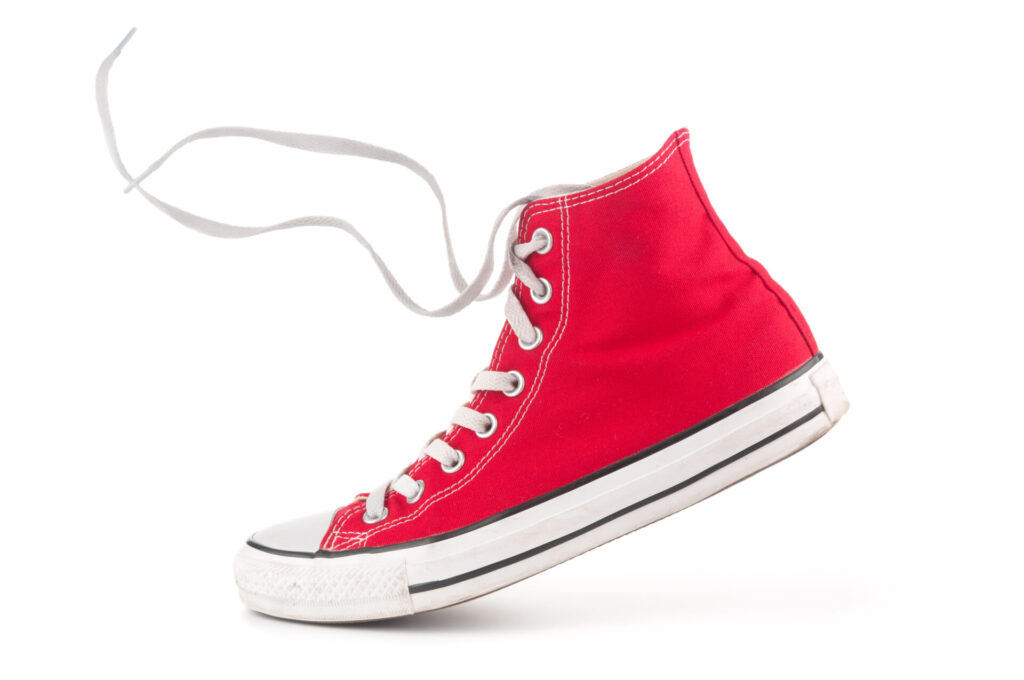 When you want to show what your company can do for your customers, you can certainly describe your offerings through text. It’s just that your biggest questions to ask would be: a.) Will anyone actually read my descriptions? And b.) Will they fully understand what they just read?
When you want to show what your company can do for your customers, you can certainly describe your offerings through text. It’s just that your biggest questions to ask would be: a.) Will anyone actually read my descriptions? And b.) Will they fully understand what they just read?
Let’s say you own and operate a shoe store for men, women, and children. You could list your products online and describe each item only in text. For instance, you could list an item without photography that says, “Red canvas high-top sneaker with white laces and a white rubber outsole.”
However, you already know that would be highly ineffective. No one wants to parse through the text to get an idea of what one of your shoes might look like. No, customers want to see a picture of the shoe (ideally a series of clear, clean images of the shoe), showing it from multiple angles so they can have an exact idea of what to expect.
A picture really is worth a thousand words that all hit the viewer at once and allow them to process your message much faster and more effectively than text-only messages.
Strategies to Get the Most Out of Your Commercial Photography
To capture the most compelling commercial photography for your business, it’s helpful to have a vision or a game plan that matches how you want the final images to look. For instance, if it’s important to boost sales for a new line of products, make a list of every product that needs to be photographed and how the item should be captured. (Should there be photos of the product from multiple angles? Should the product be captured in a studio? Should a model be included to show the product in use? Etc.)
Here are some applicable strategies for each photography type:

Team Headshots
Standard approach – the standard approach to headshot photography is capturing your team members from the bust up or even the waist up as they sit or stand in front of a neutral background. This is the most common type of headshot and is used to signal corporate professionalism to the viewer. The pros of the standard approach are that the images are clean, simple, and professional. The con is that this style of image can often come across as stuffy, stale, overused, and overall dull.
Not-so-standard approach – the not-so-standard approach to a business’s headshots can mean any deviation from what’s standard. You could use a more customized background by having team members stand in front of your office building, a fleet of branded trucks, a local landmark, etc. You could allow team members to add some personality to their photo by letting them bring props to the shoot that highlight their hobbies or interests—perhaps they can wear (safe for work) band tees or other clothing items that reflect the types of pop culture they like; or maybe they can each hold up their favorite book, movie, or video game.
Strategy options for the not-so-standard approach can be endless. It can help to brainstorm with your team and find out what the group would like to showcase to make their headshots more unique.
Lifestyle Photography or Business Environment Photography
To strategize lifestyle or business environment photography, it’s important to decide what you want the final photos to look like. Do you envision shots of your office building without anyone inside? Do you imagine candid shots of your team in action? Do you want to capture team member and customer interactions? Whatever you think will tell the viewer, “This is who we are and what you can expect from us,” then that is the direction your strategy should take.


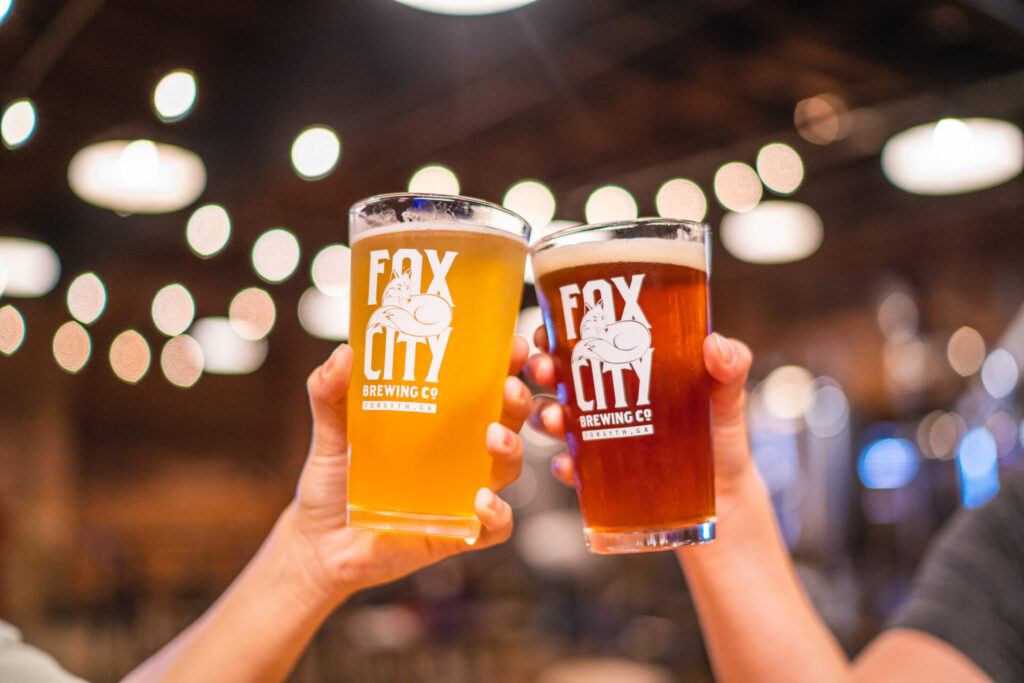

Product/Fashion Photography
Product and fashion photography sound simple enough, but you still need to develop strategies to capture your products in the best light (pun intended).
Some strategies you can think through include capturing:
- Studio photography – The most standard of product photos is the studio photo (sometimes called the still-life photo), where the product is placed on a solid white or otherwise neutral background and is photographed at a variety of angles. Think of the majority of products you see on websites like Amazon, Target, Lowe’s, and other online shopping sites. For most products featured, the image carousel starts with a front-facing photo of the product, an image from the back, and a couple of additional photos at different angles. Studio photography is designed to give you a clear look at the product so you can know precisely what you’re getting. Studio photography can also include group shots where multiple items that come in a set are photographed together.
- Lifestyle product photography – Lifestyle photos are often paired with studio photos in the image carousel to show viewers what it looks like to actually use the product. These are typically action shots that show the product in use. For instance, if you were to capture a lifestyle image of an air fryer, you can place the appliance on a clean, stylish kitchen counter; someone’s hand can be on the handle of the fryer’s basket, and food like French fries can be visible in the basket. Lifestyle product photography not only helps the viewer envision the air fryer in their own kitchen, but it also helps convey the size and scale of the air fryer. Lifestyle photography is typical in fashion photography, as well, showing models wearing featured clothing items at events or out and about around town.
- Scale shots – It can be highly beneficial to include scale shots of your products to give viewers an idea of what they can expect, size-wise. It’s all too common to come across a product online and think you understand how big or small the product will be, only to receive and realize the size you thought it was is way off base. To help mitigate that for your customers, scale photography incorporates additional items that help show the size and scale of the product you are selling. For example, if you are capturing a reusable water bottle, you can have the product positioned next to a set of dumbbells, a pair of tennis shoes, and a rolled-up yoga mat. This is less action-based than a lifestyle photo, but it works to convey what the product can be used for and, most especially, how big or small the consumer can expect the product to be.
Architectural Photography
When it comes to strategy for architectural photography, it’s important to determine what time of day offers the best lighting and which angles are better at capturing the beauty of the building. You could easily snap pictures of your building at any time of day and at any angle; however, lighting matters, and the sun’s angle (or possibly the presence of clouds) can either enhance or diminish the final image(s). Plus, some angles of a building are sharper or more dramatic than others. It’s best to decide which angles provide the best views and plan your photoshoot accordingly.
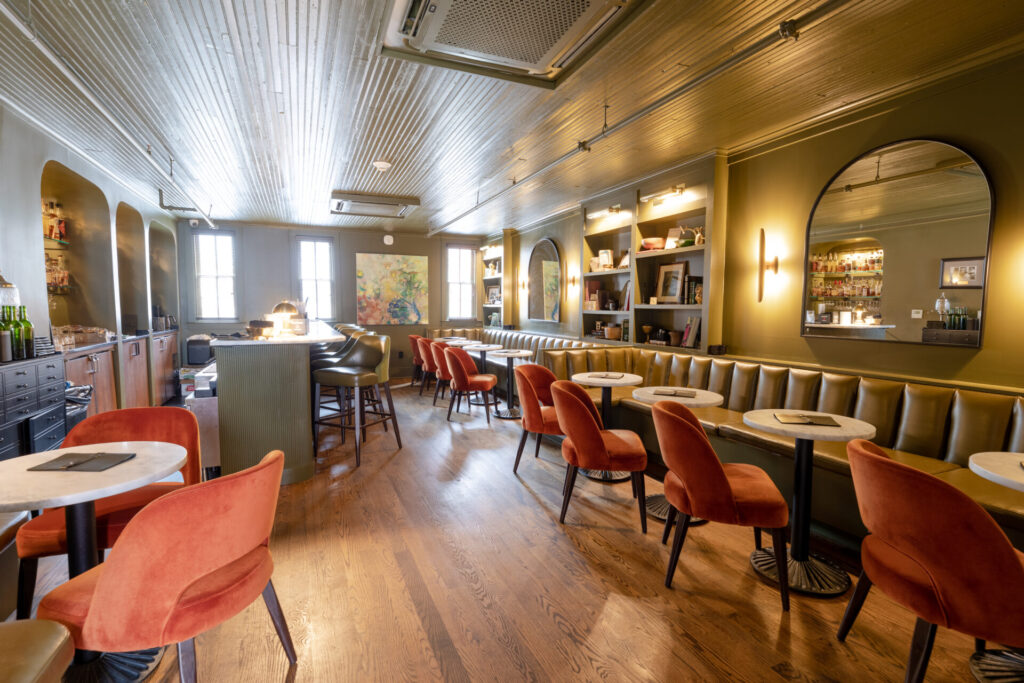
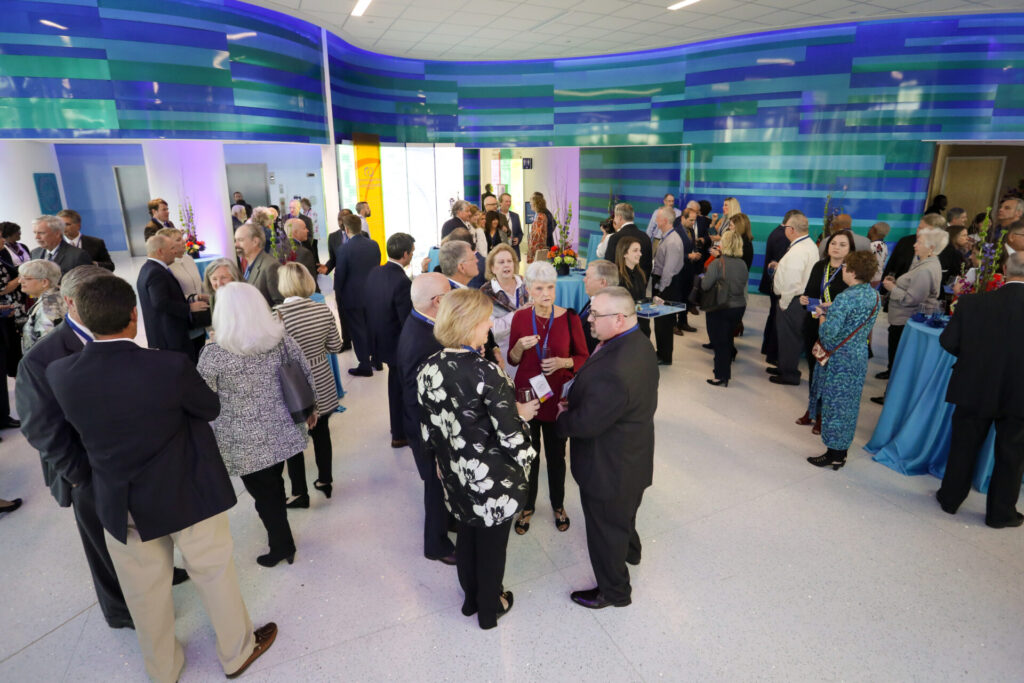
Event Photography
The strategy for event photography depends on the event and the activities or goings-on that will be occurring during it. Perhaps you only want candid shots throughout the event, or you want planned group shots at various points during the event. Depending on the desired images from the event, your strategy may include having multiple photographers or a detailed schedule of the event with planned shot lists associated with each activity or moment.
Aerial Photography
The strategy for aerial photography should include the subject of the photography, the boundary of the area to be photographed, and the desired angles of the photos. For example, roofing companies greatly benefit from aerial photography, because it opens the door to capturing clear images of a hard-to-capture subject. The strategy for an aerial photoshoot for a newly installed roof could include several wide shots of the roof at different angles, a closer shot of the roof to show materials and quality of work, and more.
Other companies that can benefit from aerial photography include land management companies that look after land or property with a lot of acreage. Strategies for such a photoshoot include deciding which area(s) of the land should be captured from overhead, what the boundary of the photo(s) should be, how high the drone should be to get the best images, etc.
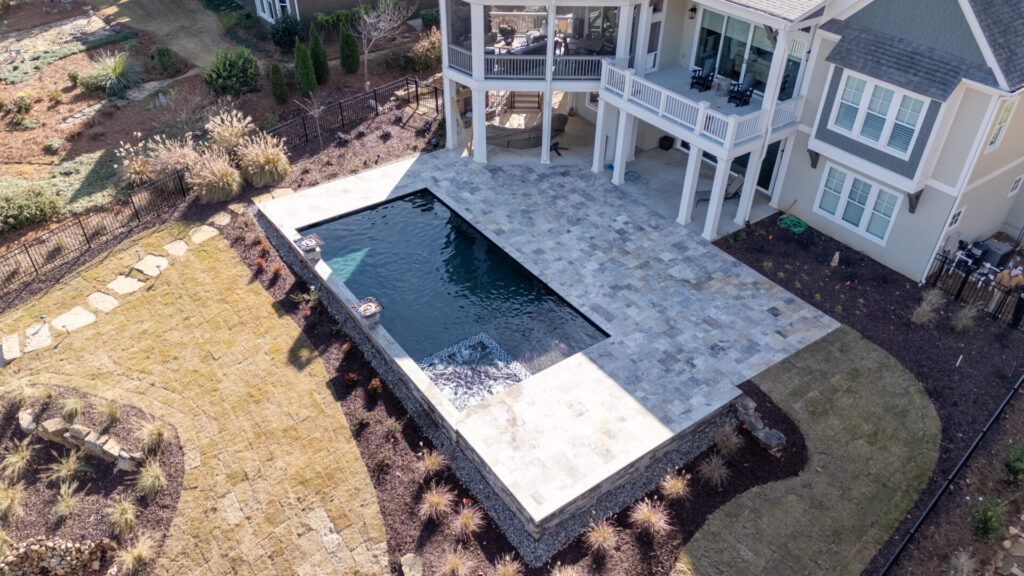
Effective Places to Use Commercial Images
If you’re planning to take or purchase commercial photography but are curious about where you can and should use it, let us say that you can and should be using it everywhere. Well… everywhere except radio. But other than that, everywhere.
If you use Google Ads, your display ads and landing pages can include custom commercial photography to benefit the user’s journey and experience with you. If you use social media ads, your graphics can and should incorporate your photography to show users who you are and what they can expect from you. If you provide rack cards, flyers, trifolds, or any other print materials, your pieces should include custom photography so that readers can gain a better understanding of your company and the products or services you offer.
Some of the most effective ways to use your custom photography include:
- Display ads
- Geofencing ads
- Landing pages
- Websites
- Blog articles
- Social media ads
- Social media posts
- Print pieces
- Digital signage
- Billboards
Basically, if you use any marketing tactic that requires a design, you can enhance it with commercial photography to connect with your audience even more.
Custom Commercial Photography vs. Stock Photography
By this point, it’s (hopefully) clear that you should be incorporating photography into your marketing efforts if you’re not already, because it visually helps to tell your story and reinforces a positive image to audiences, whether they are existing customers, leads, or general audience members.
The kind of photography you choose to feature also matters, and there are two types your company can rely on for your marketing: custom commercial photography and stock photography.
What Is Stock Photography?
Stock photography is licensed images available for commercial use. It is an extremely convenient way to obtain or collect photographs for projects that require visual elements or need some added pizazz. With the right stock image, you can shape the look and feel of any creative piece.
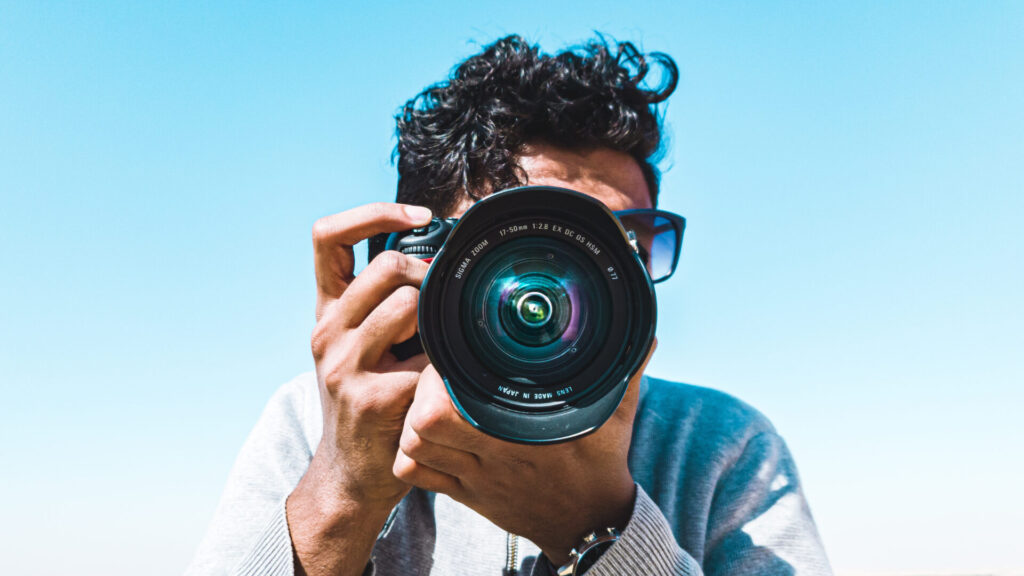
There are many stock image libraries to browse through, with archived images that capture all sorts of emotions, actions, concepts, or overall vibes. Whatever image(s) would fit your project, there is probably a stock option out there for you.
Pros of using stock photos:
- Easy to purchase
- Can be affordable (sometimes)
- Wide variety of images to choose from
- Versatile photos that can be used in multiple applications
Cons of using stock photos:
- Images are often noticeably generic
- Too many stock photos can water down a message or brand image
- Images can appear inauthentic to your brand
- Can be overpriced (sometimes)
- Licensing rights can be tricky to understand and could land you in hot water if an image is misused
Licensing Rights and Stock Images
Stock images are almost always copyrighted photographs that have licenses attached to them. There are actually a few types of image licenses that can apply to a photo:
Royalty-Free License
A photo with a royalty-free license means that you can purchase the image once and use it for an unlimited amount of time and in many different ways. Be careful, though, because royalty-free photos still come with limitations that are set by the agency you are purchasing from. The most common standards and limitations include:
- No transferring—You cannot transfer the license to another party after purchase. In other words, you cannot share your photo with someone else so they can use it.
- No exclusive images—Images can be bought by an unlimited number of people or entities. If you want to be the only one in possession of a photo, look for a rights-managed license.
- No reselling—Royalty-free images cannot be used on products available for purchase (mugs, t-shirts, posters, etc.)
- No over-distributing—Most agencies have distribution limits for their royalty-free images. For instance, most have reproduction restrictions that prohibit buyers from printing more than 500,000 copies of the image. (Some limit reproduction further to 250,000 copies.)
- No time limits—Once you’ve purchased a royalty-free image, you can use it for as long as you’d like.
- No location limits—Royalty-free images can be used domestically or internationally once purchased.
- No application limits—You can use your purchased image in as many ways as you’d like, whether it be in print or digital form.
Note that these standard rules or limitations can differ from agency to agency, and some agencies can alter their limitations if they’d like. While most photos do not have time limits, an agency may alter an image’s limits to only being useable for one year after purchase, or anything along those lines.
Rights-Managed License
Rights-managed licenses are for buyers who want exclusive rights to an image for their project. Once purchased, a competitor may not buy the image, hence giving the buyer exclusive rights to the photo.
Rights-managed photos include terms and conditions for image use, and every use of the image must be accounted for. To purchase these photos, the buyer will have to specify how and where the image(s) will be used. Specifications must include:
- What project the photo will be used for
- How many printed copies the image will appear in
- How long the image will be used for
- The image size needed
- What industry or industries the image will be used in
As long as the use of the image satisfies the terms and conditions outlined in the agreement, the buyer is free to use the image purchased. If the buyer wants to use the image in a different project than the one they originally purchased the image for, there will need to be a renegotiation and a repurchase of the license.
Extended License
An extended license, or a royalty-free extended license, allows the buyer more freedoms or extra rights when using the image than they would have with a standard royalty-free license. Extra rights include:
- Unlimited reproduction or printing rights
- Unlimited use in multimedia distribution
- Ability to use the image on products to be sold (mugs, posters, t-shirts, etc.)
Editorial Use License
Editorial use licenses, or editorial royalty-free licenses, are image licenses that specify editorial use only, meaning the images can only appear in non-commercial applications. Editorial images are used to visually represent an idea, concept, event, or piece of news in a magazine, newspaper, website, presentation, or any other application that is neither promoting nor selling a product or service.
Creative Commons Licenses
A Creative Commons license is one in a series of copyright licenses that allow a copyrighted image to be distributed for free as long as the user abides by the conditions specified in the license. Creative Commons licenses provide the image owner with control and flexibility over how their image can be used or distributed.
With most Creative Commons photos, the user may use the image for free as long as they provide the proper attribution to the original owner. Without attribution or adherence to other conditions specified by the license, the user may be found guilty of copyright infringement, which can result in a pricy fine.
Public Domain
Images in the public domain are those without a license attached. They are free for commercial use, and no attributions are required. Public domain images can be used by anyone in any way.
What Is Custom Photography?
While stock photography is often generic, pricey, and can come with a lot of rules or conditions to abide by when using the images, custom photography is all yours, and the photos are all about your business.
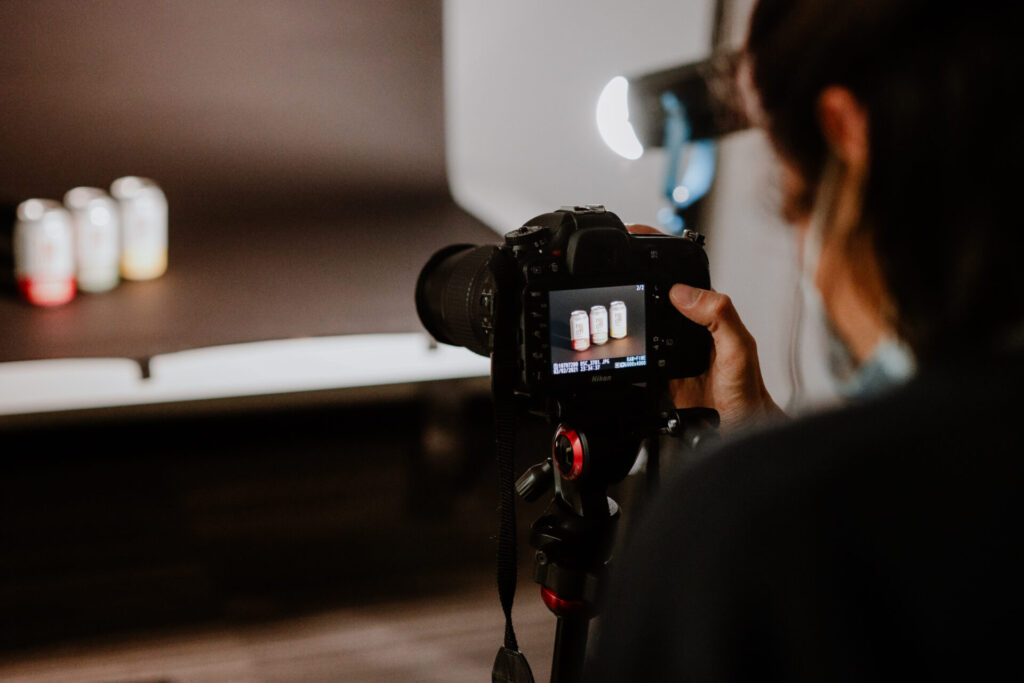
Custom photography means:
- You are the owner of the photos.
- You are in control of what the images depict.
- You have all the say in the world about where and for how long your photos are used.
Custom photography is just that—customized to your business and owned entirely by you.
Why Custom Photography over Stock Photos?
Marketing is all about conveying your mission, purpose, values, and goods and services to your audience. It’s all about telling your company’s story, and photography is a crucial component of this process. While you can use stock photos to help enhance your marketing efforts, nothing stock-related will come close to custom photography that captures your specific story.
Stock photos can only go so far in achieving your visual goals, while quality custom photography naturally depicts your business, elevates your brand image, and pushes your story further. It instantly shows your audience exactly who you are and what you do.
With quality custom photography, you can:
Set Expectations for Your Target Audience
Custom photography shows your target audience who you are before they ever initially interact with your company or team. It serves as a first impression for many soon-to-be customers and can play a significant part in drawing them in so they will choose you for the products or services you offer.
Create an Engaging Experience for Your Audience
Photos that show your team in action or working with customers, show your products in use or show the individuals who make up your company can all create an engaging experience for audiences observing the images on your website, social media pages, advertisements, or other marketing collateral.
Show Your Values in Action
It’s one thing to write down your values and post them online or in print. It’s another entirely to show your values in action through quality photography. Photos can capture your trustworthiness, showcase the quality of your offerings, highlight the care you have for your customers, and so much more.
Put Faces to Your Name
Headshots, group shots, and candid shots of your team help customers see who you are, literally. It allows you to show the faces of the team members who represent your business and interact with customers on a daily basis. Providing team images humanizes your company, which is always beneficial in today’s business landscape.
Instill Trust
When audiences can understand who you are through your photography, they are more inclined to trust your business and see the authenticity behind your marketing efforts. Stock photos are good for creating a generic story, but they can never provide a sense of validity like custom photography of your business can.
What Is M&R’s Process for Creating Quality, Custom Photography?
Opting for photography services from M&R means receiving high-quality, compelling photographs that capture the whole picture of your business and tell your story completely and cohesively. It ensures you receive images that best suit your marketing needs and effectively communicate with your audience.
As part of the photography process, you can trust our marketing specialists to handle everything to ensure the photo process is as seamless as possible. From helping your team prepare for the photoshoot day with a best-practice guide to ensuring your team looks their best during the shoot, we have you covered (and captured!).
So, what is our process?
Discovery
 In order to know what we’ll be capturing, we need to know you inside and out. Our discovery phase allows our team to dive into your business to find out who you are, what you do, and what makes you stand out and rise above your competition. It’s important for us to not just get an idea of who you are but to understand your business and team on a deeper level so that we can provide the most custom, personalized photography possible.
In order to know what we’ll be capturing, we need to know you inside and out. Our discovery phase allows our team to dive into your business to find out who you are, what you do, and what makes you stand out and rise above your competition. It’s important for us to not just get an idea of who you are but to understand your business and team on a deeper level so that we can provide the most custom, personalized photography possible.
During our in-depth discovery meeting with you, we take time to hear your vision, your goals, and how you’d like to use your new photos. Our trained marketers listen to your needs and create a photo strategy that digs beneath the surface, accomplishing your vision and creating a connection with your target audience.
Strategy
 We strategize with you, making sure we understand your vision for your photography and provide insights that will allow us to strengthen the vision, if necessary, and reach the established goals. Our photography team also strategizes internally to ensure your vision remains in focus and all ideas to capture it are shared.
We strategize with you, making sure we understand your vision for your photography and provide insights that will allow us to strengthen the vision, if necessary, and reach the established goals. Our photography team also strategizes internally to ensure your vision remains in focus and all ideas to capture it are shared.
Our pre-production phase includes creating:
- End-use photo strategy
- Personalized best-practice guide for your team
- Shot list
It also includes planning out scheduling logistics, such as:
- Location scouting
- Talent hiring
- Photoshoot scheduling
Action Day
 Some people can’t stand the idea of being in front of the camera, even for a photo. Others jump at the chance of being photographed. No matter which types of personalities you have on your team, we’ll be there to guide each participant through the events of photoshoot day. We skillfully work with all personality types, helping them relax and feel their best in front of the camera. You won’t get any deer-in-the-headlights images from us! (Unless it’s a part of your vision and somehow works well with your marketing goals.)
Some people can’t stand the idea of being in front of the camera, even for a photo. Others jump at the chance of being photographed. No matter which types of personalities you have on your team, we’ll be there to guide each participant through the events of photoshoot day. We skillfully work with all personality types, helping them relax and feel their best in front of the camera. You won’t get any deer-in-the-headlights images from us! (Unless it’s a part of your vision and somehow works well with your marketing goals.)
Action day includes providing:
- On-site director
- Lighting
- Staging
- Photographer
Post-Production

Following the photoshoot(s), we will take what we captured back to the studio for any needed editing or touchups. We want the photographs you receive to look as stunning, compelling, and clean as possible. With today’s photo-editing technology, we can enhance each image to look as good as possible so your marketing collateral can look as good as possible.
Post-production includes completing:
- Photo touchups
- Copyrights
- Final images
Implementation
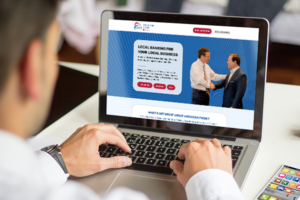 From uploading your images onto your website to using them in Google Ads, social media posts, booklets, flyers, billboards, and more, we will use your photographs in a way that enhances whatever it is we are using to promote your business.
From uploading your images onto your website to using them in Google Ads, social media posts, booklets, flyers, billboards, and more, we will use your photographs in a way that enhances whatever it is we are using to promote your business.
By the end of the process, you will receive custom images for your business that match your vision and exceed expectations.
Examples of Photography Produced by M&R
For just a taste of the diverse and impressive portfolio of photography that’s been proven effective for our clients, check out some of our favorites that we have produced:
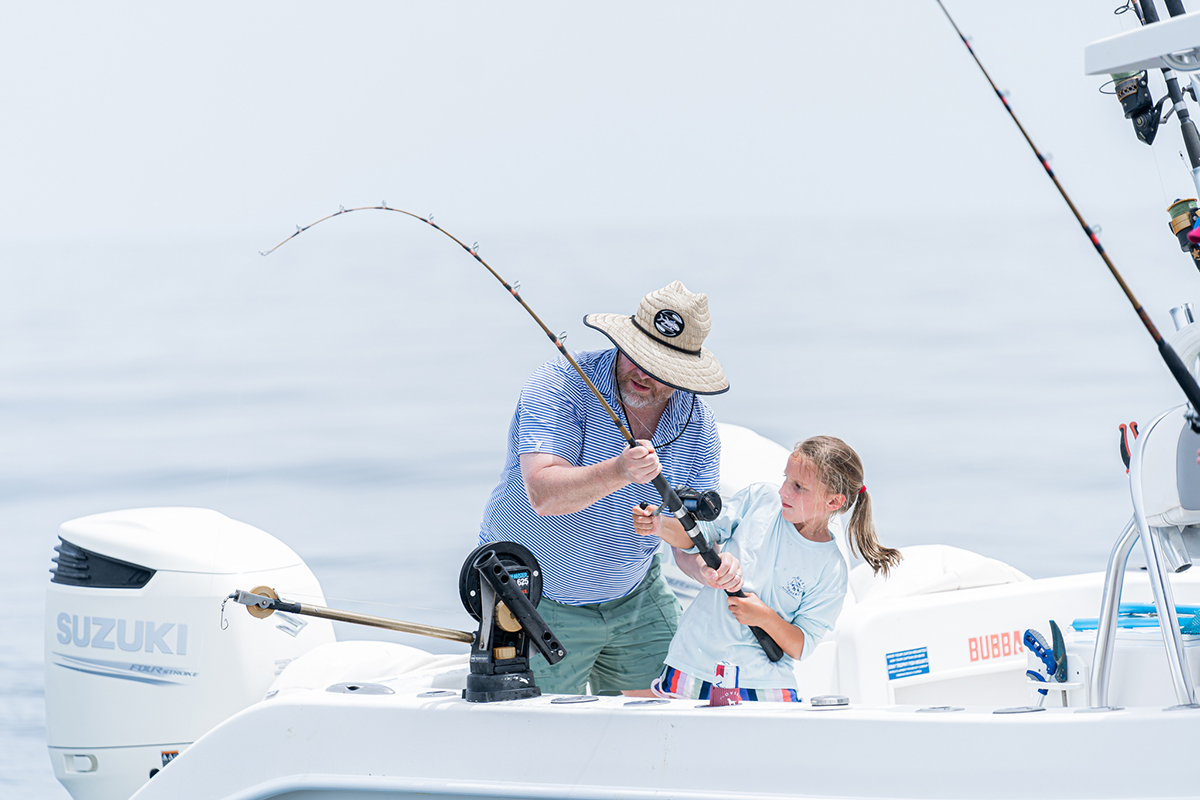
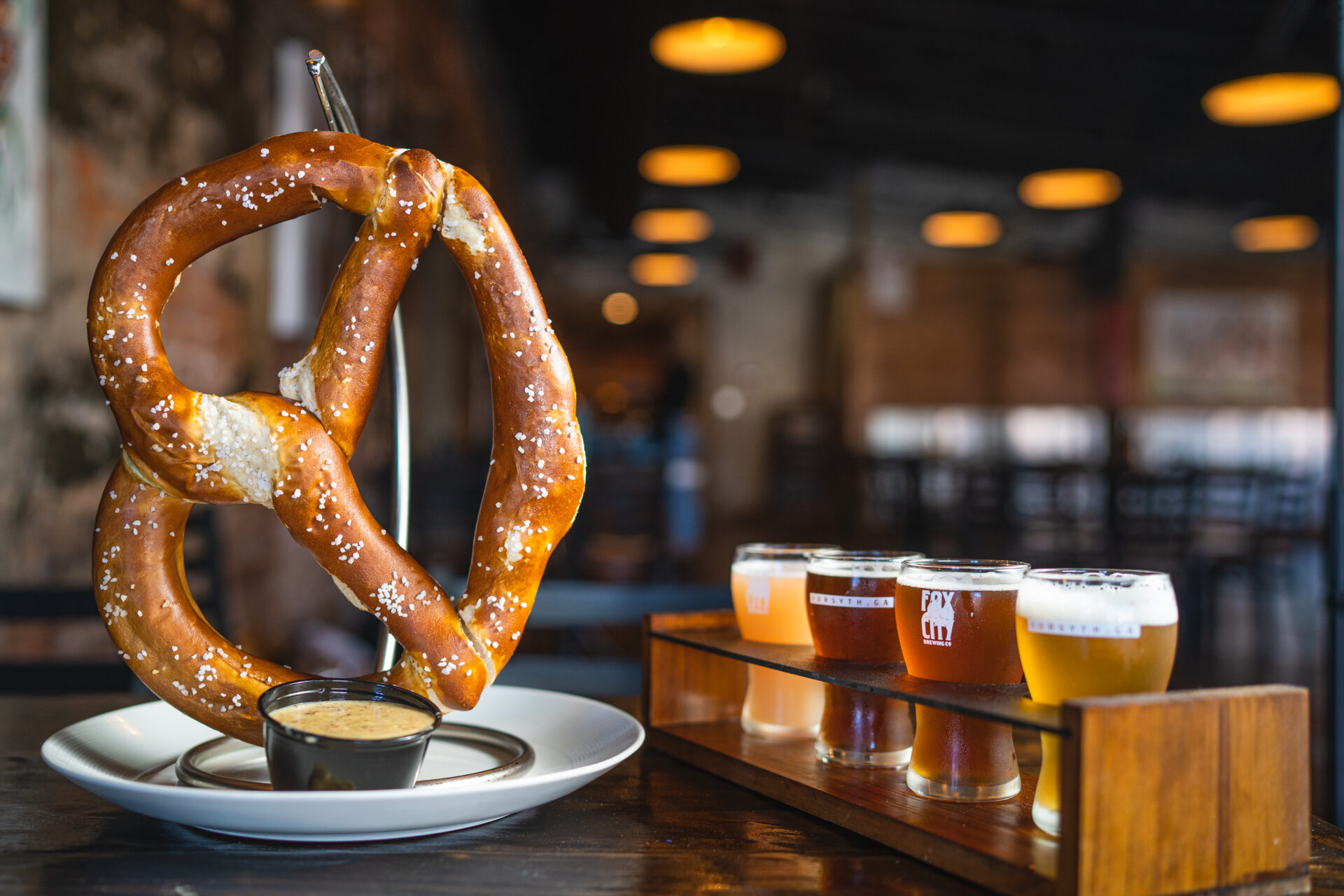
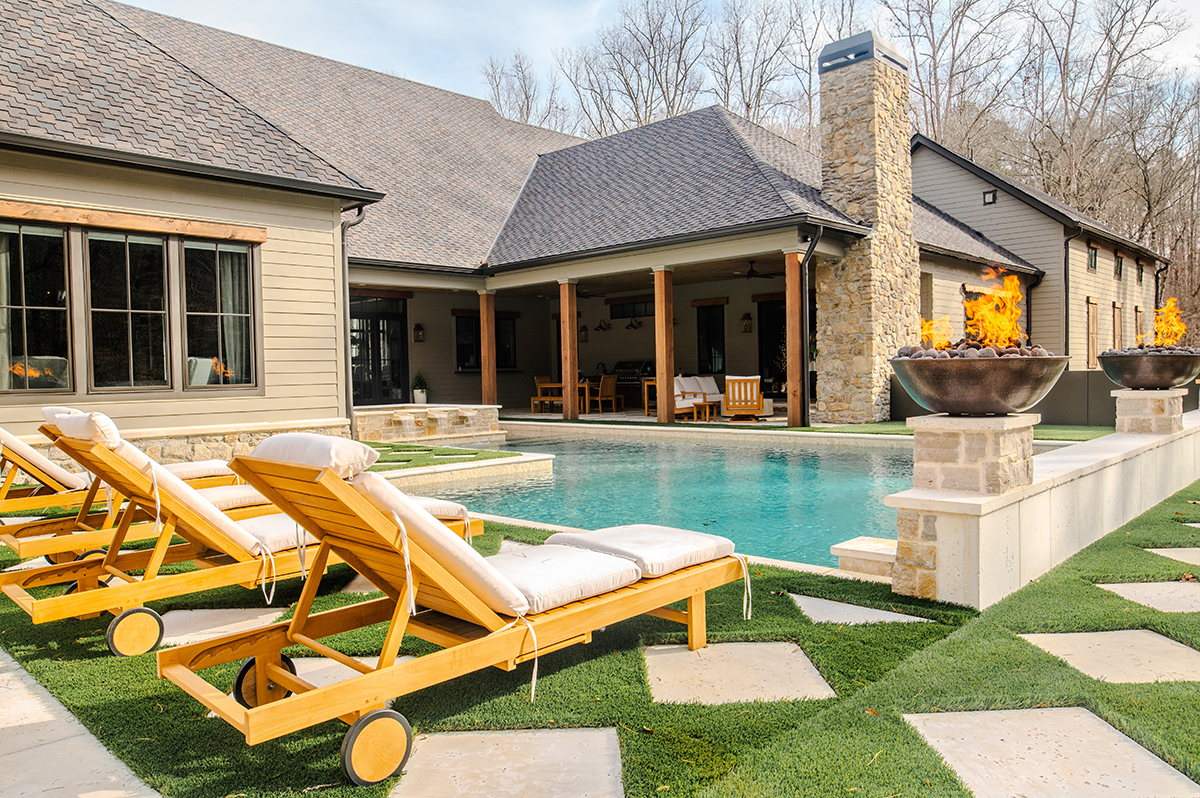
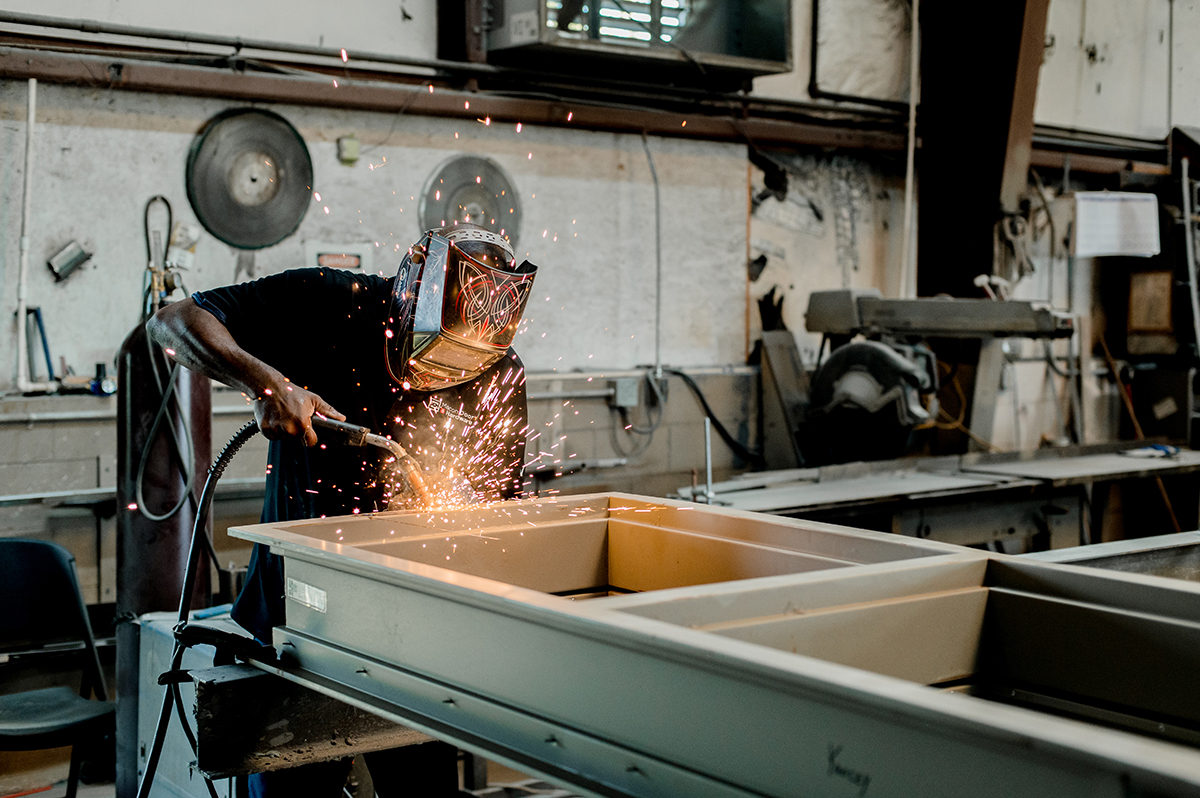
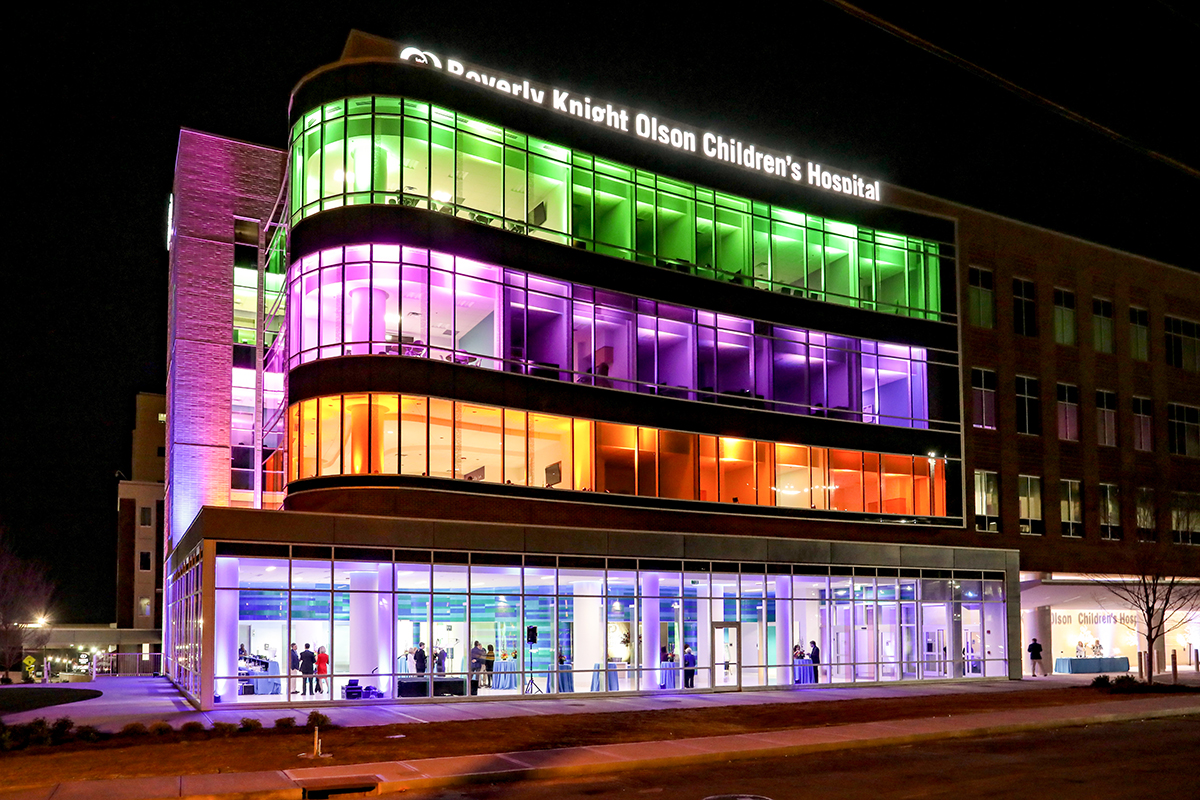
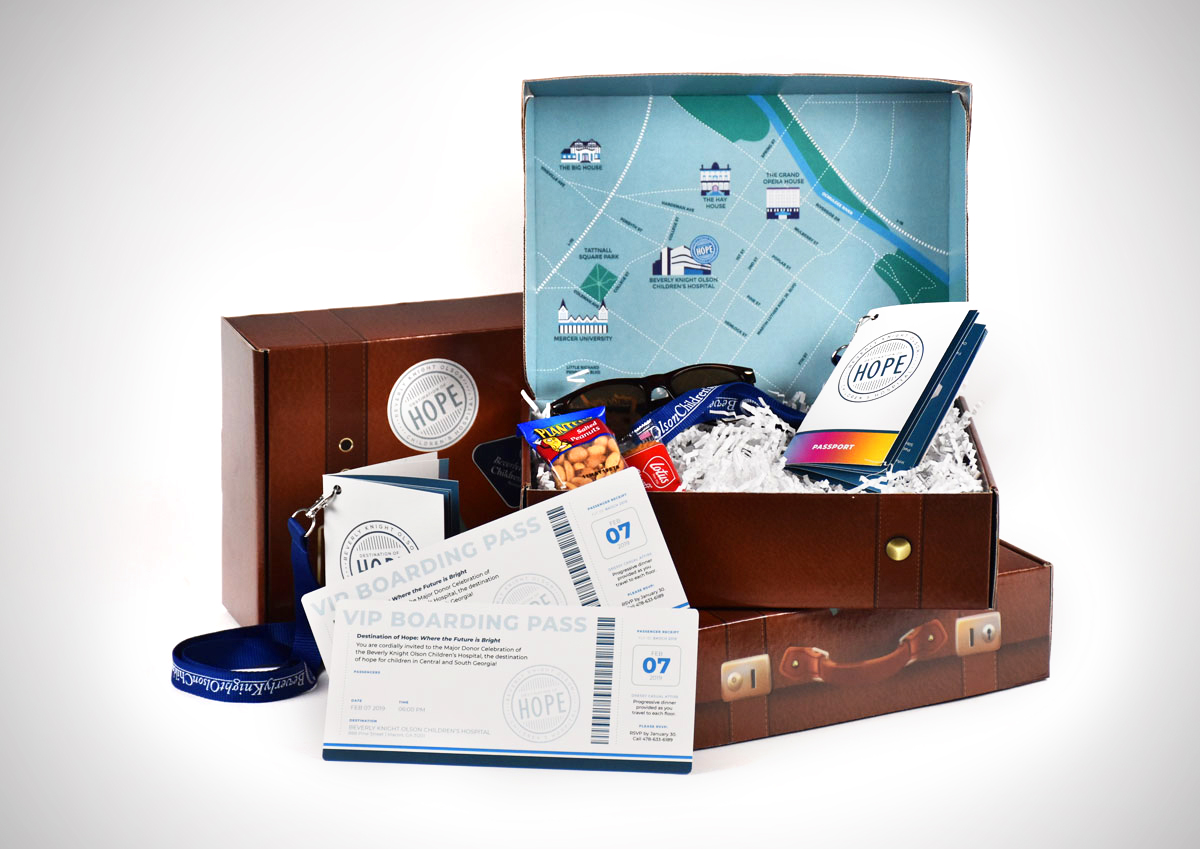
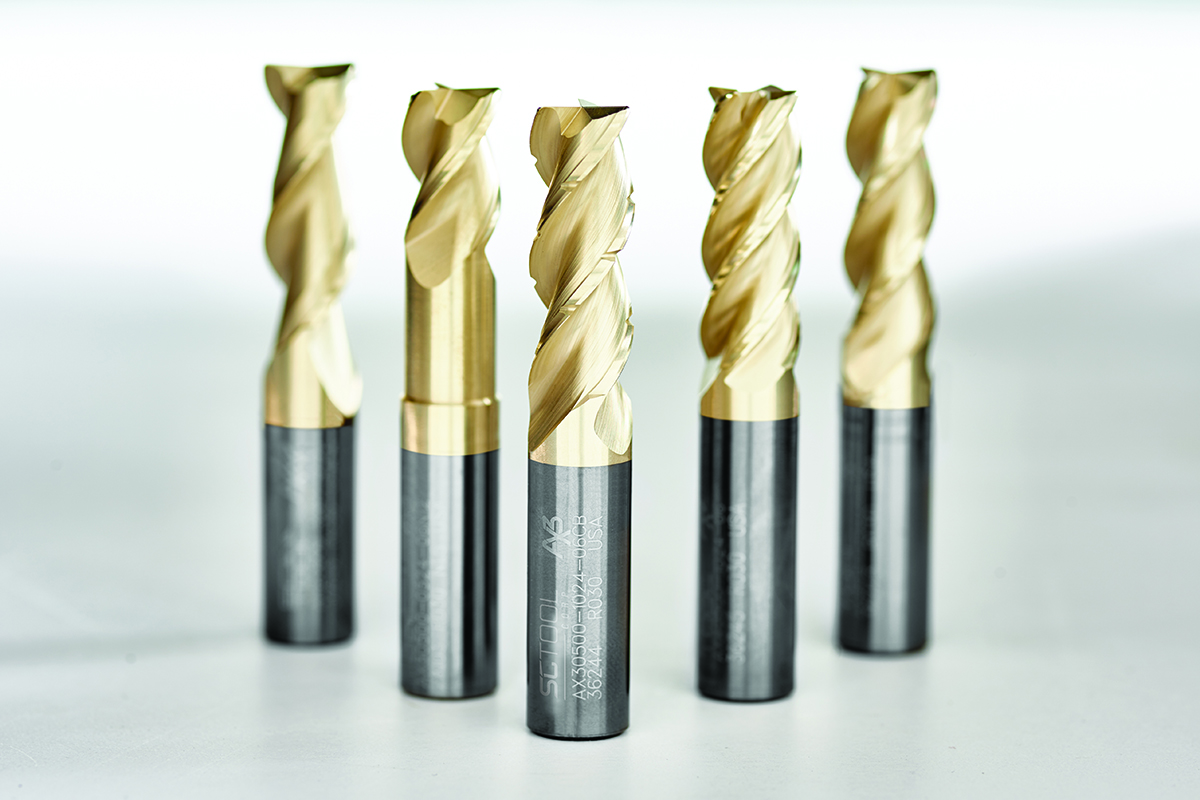

Wrap Up
There you have it—everything you need to know about the “what,” “how,” and “why” of custom commercial photography. We hope we captured your attention and provided a clear image of what commercial photography service is and what receiving it from M&R could look like for you. (If those puns made you shutter, we hope you don’t go into burst mode but take it for a little bit of lighthearted noise from a team that delivers a great portfolio.)
With more than 16 years of experience providing marketing services to clients, including photography services, M&R can partner with you to capture your company in the best light and deliver clean, compelling images you’ll be glad to place in front of your audience. We have produced headshots, business environment photography, product photography, architectural photography, aerial photography, and more for clients based in Georgia, those in the southeast, and others located in various places throughout the nation. It’s our mission to capture persuasive images with skilled expertise, a sharp eye for aesthetics, and a deep understanding of your vision and goals.
